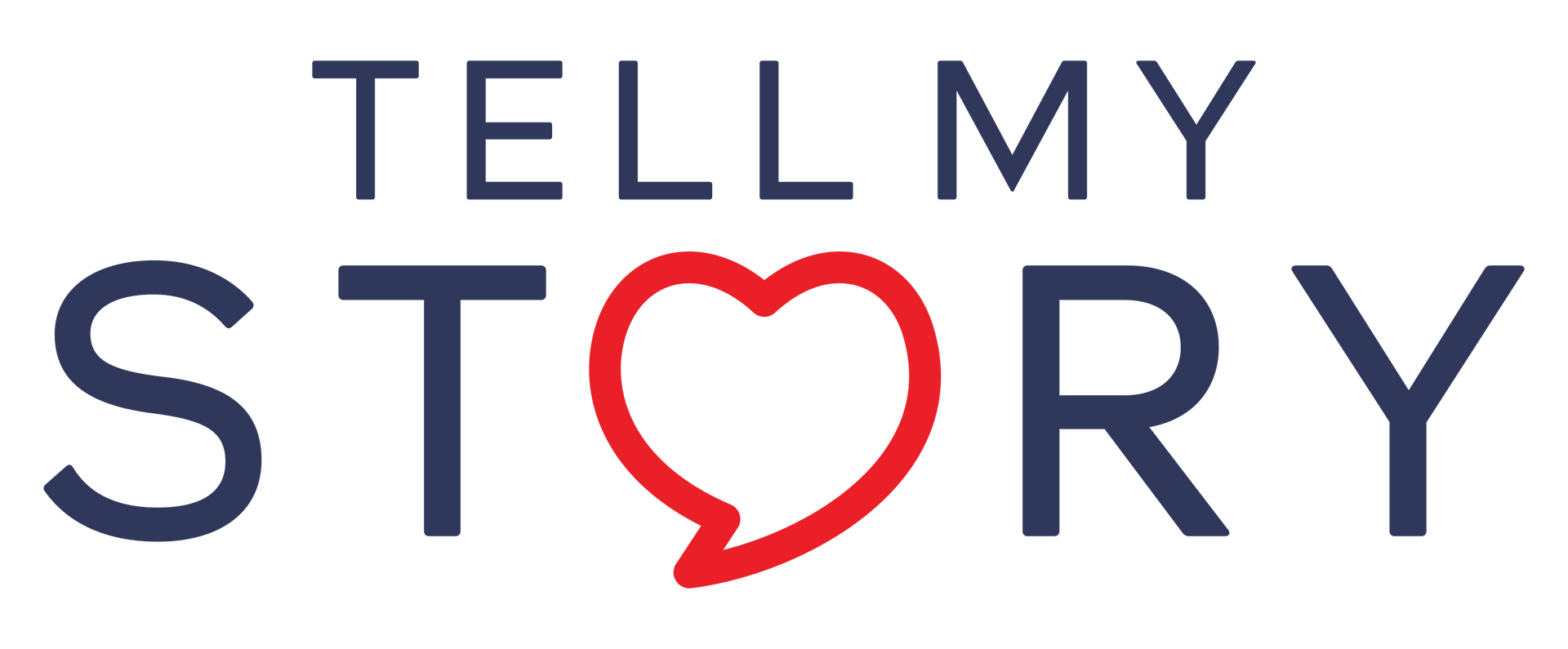Substance Abuse
Substance Abuse: How to Protect the Young People in Your Life
Substance abuse is a growing problem among young people, and parents need to know how to spot the signs and how best to protect their children. Teens are facing more and more peer pressure in today’s society. Technology has made it easier than ever for peers to reach out and influence each other. This peer pressure can manifest in a variety of behaviors, including substance abuse.
We will look at the physical, mental, social, educational, and financial effects of drug use on the health and development of young people. We will also talk about common drugs used by teens and young adults and ways to prevent young people from using drugs.
The Impact of Substance Abuse on Young People’s Health and Development
Substance abuse can have devastating effects on a young person’s health and development. Some of the physical effects of drug and alcohol abuse include damage to organs (like liver damage from drinking too much), a higher risk of infectious diseases (like HIV/AIDS among drug users who share needles), and a higher risk of accidents or injuries because of being drunk or having bad judgment. Some drugs can cause mental health problems like depression, anxiety, paranoia, hallucinations, suicidal thoughts, or psychosis if they are used too much or for too long. Abusing drugs can also have serious effects on a person’s relationships with family and friends, as well as on their education and finances.
Substances Popular Among Teenagers and Young Adults
Alcohol is commonly used by teenagers and young adults; however, it can be especially dangerous because it is easy to become dependent on alcohol without even realizing it. Tobacco products are also popular among this age group; while they are considered “legal” substances, they still pose serious risks to one’s health (e.g., lung cancer). Cannabis use is becoming increasingly prevalent among teenagers and young adults. Even though many people think cannabis is safe, there is evidence that it can make some people forget things or have psychotic episodes. Cocaine (which can lead to addiction), ecstasy (which can cause long-term psychological issues), and heroin (which can result in overdose) are also commonly used among this age group.
Prevention Strategies to Reduce the Risk of Substance Abuse in Young People
Unfortunately, peer pressure can lead teens to do things that are bad for their health and well-being, like drinking or using drugs. It is important to make teens aware of the negative effects peer pressure can have on them and to give them the skills they need to make healthy decisions about drugs and alcohol when they are influenced by their peers.
When it comes to keeping young people from abusing drugs, education is key. Teaching them about the risks of different drugs, both legal and illegal, can help them make better decisions about whether or not to use or consume drugs. Additionally, providing supportive environments for them—where they feel safe enough to talk openly about drug use—can encourage them to seek help if needed before things get out of hand. Providing access to treatment options such as counseling services, therapy groups, or rehabilitation programs may be helpful in curbing substance misuse in teens and young adults.
Substance abuse has serious implications for a young person’s physical health, mental health, social life, education, and finances. Parents need to be aware of the types of substances being abused by teens and adults so that they can recognize warning signs early on. To lower the risk of substance abuse, it’s important to use strategies like teaching about risks, creating safe spaces for open conversations, and giving people options for treatment. By taking proactive steps today, parents can help ensure their children stay safe from the dangers posed by substance abuse tomorrow.

